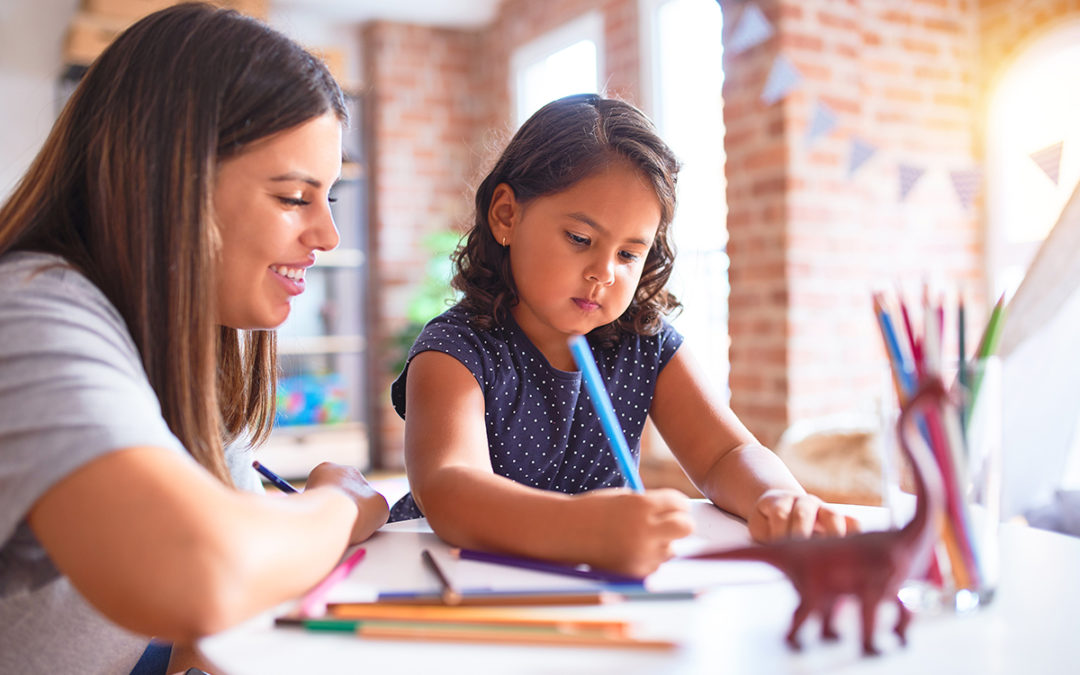Kindergarten is a great time to help your child to practice handwriting. Children learn best when they have a lot of time to practice a new skill. Whether their school is teaching them how to handwrite and make their letters correctly or not, doesn’t matter. They can practice writing words and letters at home in a variety of ways so that handwriting becomes a useful form of written communication instead of a difficult and laborious skill.
Practicing Pre-Handwriting Skills:
One thing children can work on at home to support their handwriting skills is practicing making lines-curvy lines, straight lines, squiggly lines and diagonal lines. Capital letters are made up of a combination of straight and curvy lines. For example, the letter E is made of four straight lines (one down line and three across lines) and the letter R is made up of three lines (one down line, one curvy line, and one diagonal line.)
When children have the skills to make different kinds of lines and can visualize what lines different letters are made up of, they are better able to form letters correctly.
Over time and with a lot of practice, they will start to be able to make letters (and later words and sentences) without needing to think about how to make the letter. They will just make it automatically. This is the ultimate goal of teaching handwriting-that children will learn how to form letters correctly and from memory so that they can do it without thinking about it.
Teaching Handwriting in Kindergarten
Not only are most kindergarten-aged children learning how to handwrite, but they may also be learning sight words and letter sounds in kindergarten. Each of these are new skills that require a great deal of practice and attention to learn and memorize. For some children, it will be easy to practice all three at the same time. But other children will get stuck trying to write letters correctly, and remembering what its name is or what it sounds like at the same time. Practicing these skills separately may be exactly what a child needs so that they can focus their attention on one thing at a time:
- How to make the letter
- What the letter sounds like
- Or what is the letter’s name
Practicing letter formation separately from these other skills allows children to focus on just the motor aspect of handwriting.
And remember, children can work on learning how to handwrite and proper letter formation in a variety of ways-not just seated at the table writing with a pencil on paper. They can practice writing letters:
- While fingerpainting
- With their finger writing in colored sand, pudding or shaving cream
- With chalk and sandpaper
- Writing with glass markers on a window or mirror
Adding a multi-sensory component to learning how to handwrite makes learning fun and extra-engaging for kindergarten aged children.
Letter Leaders Handwriting Workbooks
At home or in the classroom, the Letter Leaders Handwriting workbooks can help kindergarten and pre-k aged children learn and practice the skills of letter formation. They will start in the first workbook with Pre-Writing Skills and progress into Capital Letters and eventually Lower Case Letters in the third and final workbook. Purchase the entire series online for one student for just $27.99.


Recent Comments